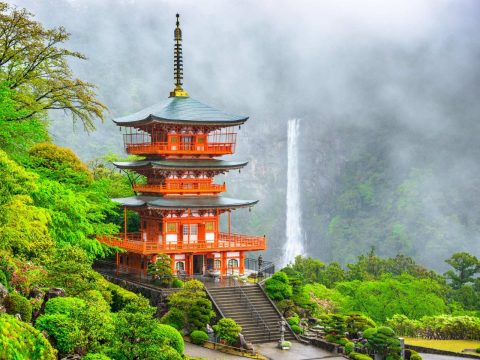Read Before You Leave – Tokyo
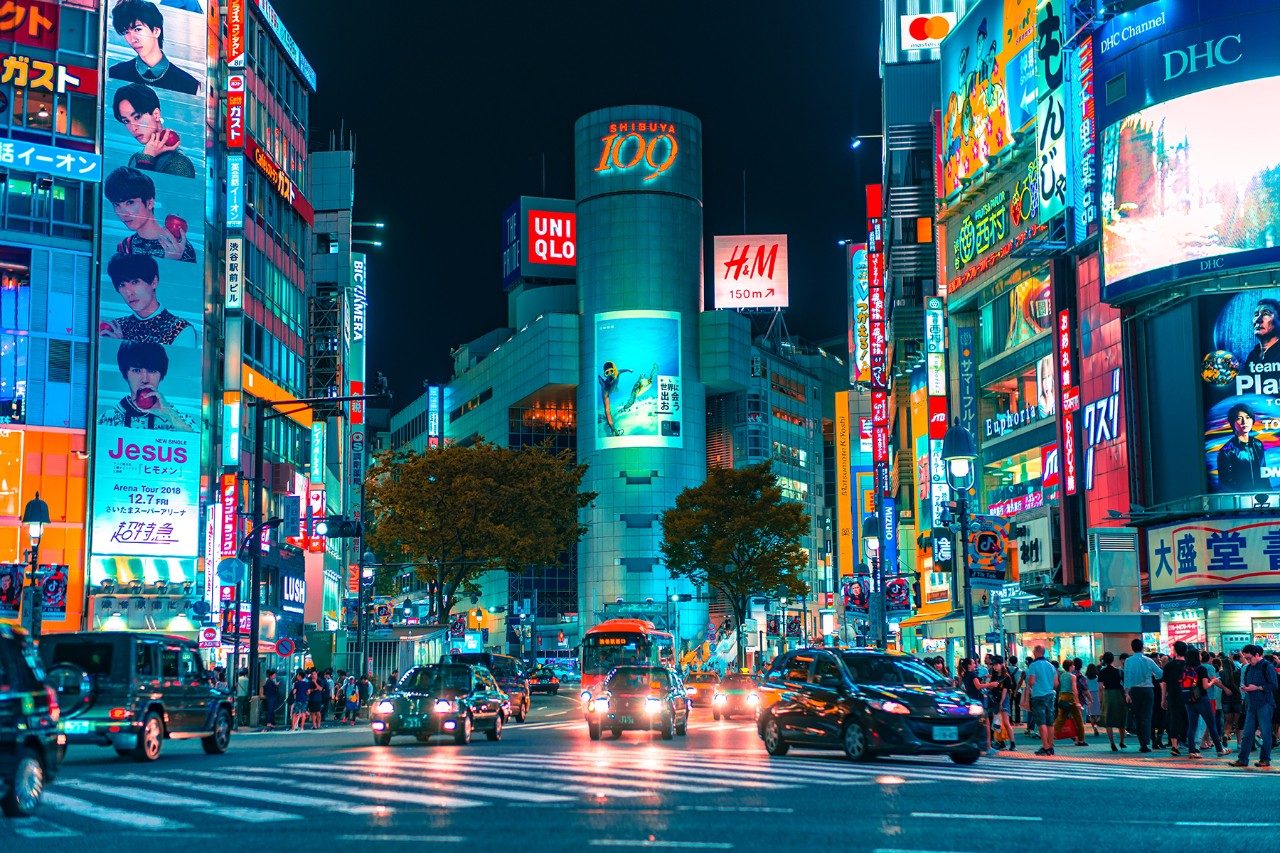
With snow-capped Mount Fuji as a dramatic backdrop, Tokyo is an exhilarating metropolis that melds Japan’s storied past with its neon-lit present. The city also offers bustling shopping districts, historic temples and a Disneyland on its doorstep. To help you prepare for your Tokyo trip, here are the top travel tips to know before visiting.
Flight time
Qantas flies directly to Haneda Airport from Sydney and to Narita Airport from Melbourne and Brisbane. The flight takes about 10 hours from the east coast. From Perth, add another four hours to the journey.
Entering Japan
Australian passport holders do not normally require a visa for tourism or business visits to Japan of less than 90 days. However, visitors may be refused entry if they are shown not to have return tickets or sufficient funds for their time in Japan. Entry and exit conditions are subject to change. Contact the Embassy of Japan for up-to-date information.
Flying in to Haneda International Airport
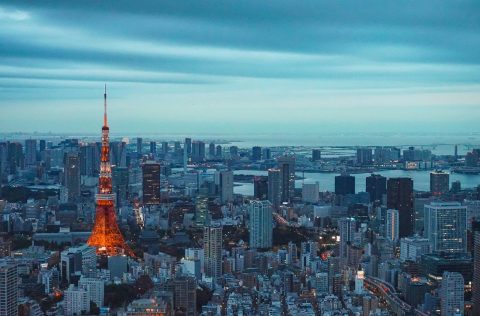
Of Tokyo's two airports, Haneda International Airport is closer to the city's central wards than Narita International Airport. Lying 18 kilometres south of Tokyo Station, Haneda Airport offers free shuttles between its three terminals (the Qantas check-in desk is at Terminal 3) every six minutes and gives direct access to the Keikyu Line and Tokyo Monorail – from there it'll take you 45 minutes to reach Shibuya Station. There are also taxi ranks and bus stops at each terminal – a 35-minute ride on the express bus will bring you to Tokyo Station, while a 30-minute taxi ride will land you in Shinjuku.
Flying in to Narita International Airport
Tokyo’s Narita International Airport is 60 kilometres east of the city. Tokyo is vast, so your choice of mode of transport will depend on the location of your accommodation. The Tokyo Shuttle and the Access Narita buses both transport visitors from Narita to Tokyo Station. There are several rail options, including the Keisei Electric Railway (the Skyliner is the fastest train between the airport and the Yamanote Line – to Nippori it takes 36 minutes) and the East Japan Railway Company (Narita Express runs to Tokyo Station via two different lines in about 55 minutes). Taxis are plentiful but expensive.
Legalities
There was a law in Japan that stated there must be no dancing after midnight in clubs – and no public dancing at all unless the venue was in possession of a special licence. It was lifted in 2016, so we can assure you that no arrests will be made if you’re busting a move in a karaoke room in downtown Shibuya at 2am, but it’s worth noting some of Japan’s more unusual laws that could trip up visitors.
- Foreigners must carry their passport on their person at all time. Police have the power to stop any person at any time and demand to see identification. If you don’t have any, you could be arrested.
- Some medicines that are available over the counter in Australia are illegal in Japan, including codeine and pseudoephedrine (common in cold and flu medications). Check the Embassy of Japan for further information and bring a prescription for any medications you must take.
- The legal drinking age is 20.
- Japan has a strictly enforced zero-tolerance policy for drugs and penalties will be imposed for possession of even the smallest amounts of banned substances.
The language barrier
Some locals may be eager to practise their English but many may be shy and reluctant to speak the language; others won’t have any English at all. Don’t approach a local and expect them to understand English – even if they do the expectation to speak the language out loud could horrify them. It helps to learn some basic phrases in Japanese and locals will be impressed even if your attempts are barely intelligible. Using Google Translate will also help with deciphering menus at restaurants and store signage.
Medical advice
Make sure your basic vaccinations are up to date. Visit Travel Doctor for more information.
Transport tips
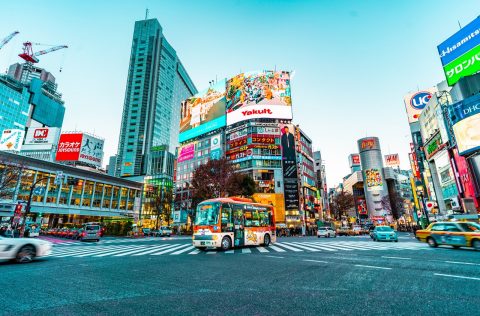
The Japanese public transport system is one of the best in the world: efficient, punctual and sleek. Consequently, it's heavily used by locals and visitors alike so be prepared to get up close to your fellow travellers on a busy train.
Money matters
- At the time of writing the Australian dollar was buying 95.00 Japanese yen (JPY) – check a reliable currency conversion service for up-to-date exchange rates.
- Check with your bank that you won’t be hit with extra fees when using your credit card in Japan. Your Australian bank and Japanese ATMs could each charge you for withdrawing money from your debit card, too, so it might be worth organising a travel card (most banks have one) with low or no fees to use while you’re away. In any case, inform your bank of your travel plans, lest overseas purchases are misconstrued as fraud and your card is cancelled.
- Tipping is not customary in Japan.
Etiquette
- Japanese people are unfailingly polite and the greatest importance is placed upon respect for others. You won’t hear Japanese commuters yammering on their mobile phones. Follow suit to find out how peaceful public transport can be.
- In Tokyo’s busy train stations, commuters will form an orderly queue and wait patiently at markers that indicate where the train doors will pull up – visitors should do the same.
- Always remove your shoes before entering the home of a Japanese person. Some hosts will provide you with slippers; otherwise your stockinged feet are fine. Even if you have slippers, you’ll be required to swap them for a special pair of bathroom slippers when you need to use the facilities.
- You may also be expected to remove your shoes at restaurants and before entering shop change-rooms, temples and tea ceremony rooms.
- Bowing is a traditional greeting; generally, the deeper and longer one bows for, the greater the respect being shown. When dealing with foreigners unfamiliar with the custom of bowing, many Japanese people will shake hands.
- When paying for items, don’t hand the cash to the cashier. Place it in the small cash tray provided. Your change will be returned in the same fashion.
- If you wish to indicate to a Japanese host that you’ve had enough to eat, finish everything on your plate, including the rice. If you don’t, it could be construed as an indication that you’re still hungry.
- Pouring soy sauce directly over rice or sashimi is not the done thing. Instead, pour the sauce into the small dish provided and dip the food into the sauce. When eating sushi, dip the topping into the sauce instead of the rice. Leaving grains floating in the sauce dish is considered coarse, as is mixing wasabi into your soy. Instead, dab it on the sushi then dip it in the soy.
- Chopstick rules: don’t rub your chopsticks together, use them as makeshift drumsticks or spear food with them.
- If you’ve already eaten with your chopsticks, use the opposite end of them to take food from shared plates.
- When sharing a bottle of saké (or any other beverage, for that matter) fill your companions’ glasses but allow someone else to fill yours for you.
- Blowing your nose in public is considered rude.
- The numbers four, nine and 13 are thought to be bad luck and four is avoided so studiously that some elevators do not list a fourth floor.
- Use two hands when giving and receiving gifts and business cards.
Public toilets
Traditional Japanese toilets are squat toilets, which can be challenging for the uninitiated. Most, however, are far more high-tech – think pre-warmed seats, various bidet modes and accompanying music. Some have such a dizzying array of options it’s hard to decide which button to press. Options include water pressure, water temperature and flush size, but to operate the basic functions the icons are fairly clear. Just remember to stay seated if you press the bidet button – the water can shoot several metres in the air.
When to go
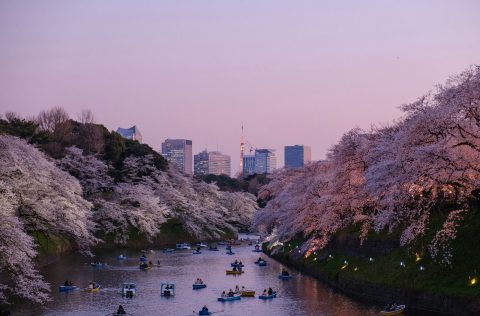
In January and February the weather is generally sunny and dry and visitors are fewer, with most visiting the country to head for the ski fields. The downside is that the days are relatively short, with the sun setting around 5:30pm. Towards the end of March is the beginning of cherry blossom season and the months of April and May are mild, filled with blossoms and the days are longer. October and November are also good months to visit, with dry, mild days and beautiful autumn colours.
SEE ALSO: 17 Topnotch Tokyo Stays for Every Budget
Dress code
The teenagers who hang around Harajuku are known for their eccentric style and in Tokyo, young people express themselves with outlandish Dragon Ball Z haircuts, piercings and cosplay outfits. Meanwhile, the professional types are strait-laced and buttoned up. As a tourist, you can pretty much get away with whatever you like, but bear in mind a couple of things when packing.
- Consider the frequency with which you may have to remove your shoes – a pair of slip-ons will be handy. Sandals are fine but you should take a pair of socks with you when you’re out and about so that your bare feet don’t touch the slippers you’re supplied with. You’ll also want to be sure that your socks are clean, matching and have no holes.
- If you’re planning to visit shrines and temples, dress modestly and ensure shoulders, décolleté and knees are covered.
- Cleavage and short-shorts aren’t really the fashion here and you may feel a little out of place if you dress like it’s Bondi beach in Tokyo.
Insurance policy
Smart Traveller recommends all visitors to Japan take out comprehensive travel insurance to cover overseas medical costs, including evacuation.
Phone calls and mobile data
Before you land, disable data roaming and don’t answer incoming calls on your mobile phone if you want to keep your monthly bill in check. Japan has a number of 4G networks that Australian 4G phones can connect with, but remember, this will only work if your phone is not locked to your Australian carrier. Invest in a prepaid travel SIM card if keeping in touch with home is important, or rent a SIM in Japan – only Japanese citizens can buy pre-paid phone SIMs, however anyone can buy a pre-paid data SIM.
The emergency number in Japan is 110; dial 119 for an ambulance or fire and rescue.
Phone home
To call Australia, dial +61 followed by the phone number – including the area code minus the zero. So, to call a Sydney landline telephone, you would dial +61 2 then the phone number. To call a mobile phone, use the same country code and dial the mobile number minus the first zero.
Gadgets
Japan’s voltage is 100V compared to Australia’s 230V though the frequency of 50Hz is the same as Australia’s. Devices such as laptops and smartphones marked compatible with multiple voltages (100-240V, 50-60Hz) will work in Japan; those that aren’t, won’t. Don’t attempt to use things like electric toothbrushes and hairdryers – they could overheat and even catch alight. The power sockets are also different in Japan so visitors will require an adaptor.
Internet
Japan’s laws require internet service providers to be able to identify their customers, so most wi-fi is locked. To address this lack of internet for tourists, the government established a tourist-only wi-fi service free of charge for 14 days. Go to Free Wi-Fi for details.
Handy apps and websites
- The Australian Embassy in Tokyo for emergencies.
- Narita Airport provides flight information.
- XE for currency conversion.
- Learn Japanese is crammed with useful phrases for visitors – and it’s cute to boot.
